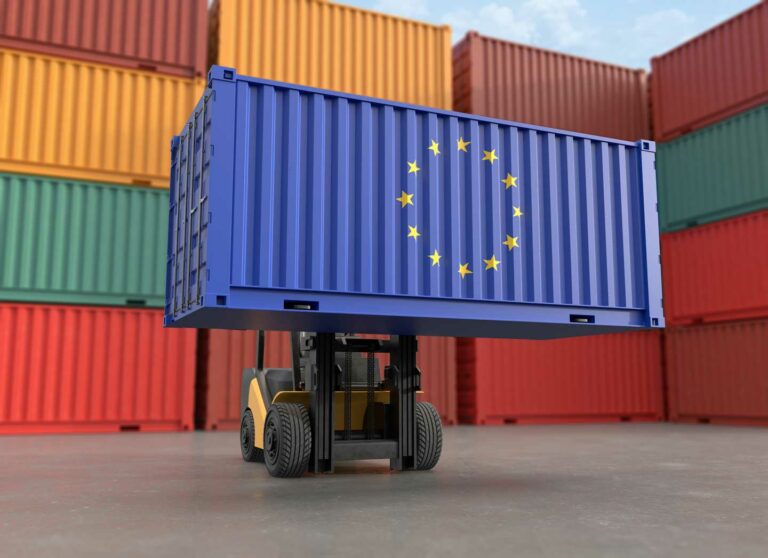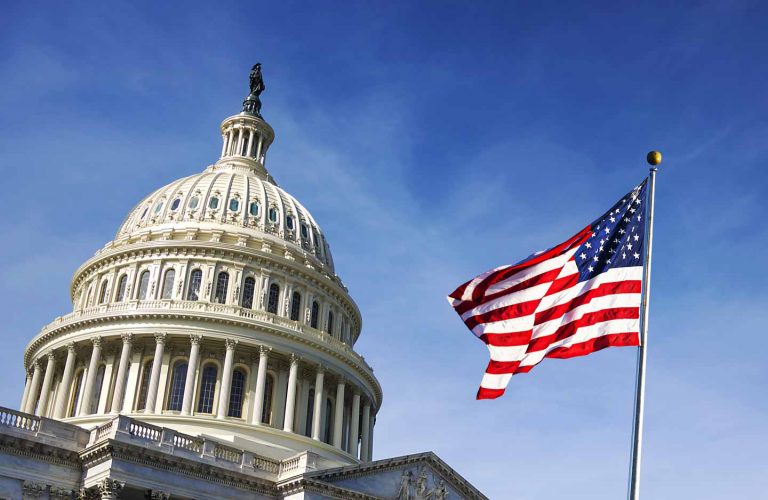Following Brexit, expeditions from the EU to GB are now subject to new rules provided by the British government.
The United Kingdom is effectively no longer part of the European Union since January 1, 2021. Therefore, BtoC sales of goods shipped from an EU Member State to Great Britain are no longer subject to the EU Distance Selling regime. Indeed, the distance selling rules continue to apply only to sales to Northern Ireland.
His Majesty’s Revenue and Customs (HMRC) has introduced new specific Value Added Tax (VAT) rules replacing the EU Distance Selling regime. As these rules are relatively complex, many businesses find it difficult to understand what is at stake and how to apply them correctly. These difficulties can lead to double payment of VAT by the UK customer, which can seriously damage the seller’s image.
What does this double payment of VAT correspond to?
The double payment of VAT corresponds to:
- the VAT invoiced by the seller at the time of the sale on the invoice ;
- to which you add the import VAT requested by the carrier at the time of delivery.
Customers are right to complain: they can’t escape paying VAT, either at the time of order or at the time of delivery, but they must never pay VAT twice!
Why is there a double payment of VAT?
When the seller does not wish to act as an importer in Great Britain (DDU sales) and when the goods are not supplied via an Online Marketplace (OMP), the VAT treatment depends on the value of the consignment:
- If the value of the consignment is less than or equal to 135 GBP: no VAT is due on the import (nor customs duties). The purpose of this exemption is to facilitate and speed up customs clearance on entry into Great Britain. In return, the seller has to issue the invoice including VAT and he is liable for VAT on the supply of goods.
- If the value of the consignment exceeds 135 GBP: VAT is due on the import. As a consequence, at the time of delivery, the carrier will ask the British customer to pay the VAT in order to receive his parcel. In return, the seller has to issue the invoice not including the VAT. If the invoice includes VAT, the customer will pay the VAT twice.
How to avoid a double payment of VAT?
To avoid the UK customer paying the VAT twice when the consignment has a value of more than GBP 135, the solution that seems most obvious is simply not to charge VAT at the time of sale and let the carrier charge the VAT to the customer at the time of delivery.
However, this solution is far from ideal from a commercial point of view. Indeed, British consumers are used to buying at a price including VAT, and many of them refuse to pay a surcharge at the time of delivery.
How to avoid parcel refusals?
In order to avoid payment of import VAT by the customer on consignments that exceed the 135 GBP threshold, the seller must make sure that he is authorized to charge the VAT on the invoice and must take responsibility of the payment of import VAT (unlike the customer, the seller is allowed to recover the import VAT later).
In order to pay import VAT, the seller must act as an importer in Great Britain. To do so, the seller must :
- have a British EORI number authorizing him to act as an importer in Great Britain;
- appoint a customs representative in the United Kingdom and ask him to carry out the import formalities on his behalf;
- Have registered for VAT in the UK in order to invoice GB VAT to the customer, declare the output VAT to the British tax administration, and deduct the import VAT as input VAT on the UK VAT return.
How to recover wrongly incorrectly VAT?
The amount of VAT wrongly invoiced by the seller at the time of the order has normally been remitted by HMRC. In order to recover this wrongly invoiced VAT, the seller must:
- Issue a credit note to his customer for the amount of the wrongly invoiced VAT;
- Refund to the customer the amount of the wrongly invoiced VAT;
- Declare the credit note on his UK VAT return.
On the basis of the credit note, the seller will be able to deduct the amount of wrongly invoiced VAT from the total amount of VAT collected. In the event of a tax audit, the seller must be able to prove the reality of the credit note and the refund of the VAT to his customer. The seller must therefore be in possession of the credit note and keep proof of the refund to the customer.
To obtain a GB EORI number and a GB VAT number, please contact us.




